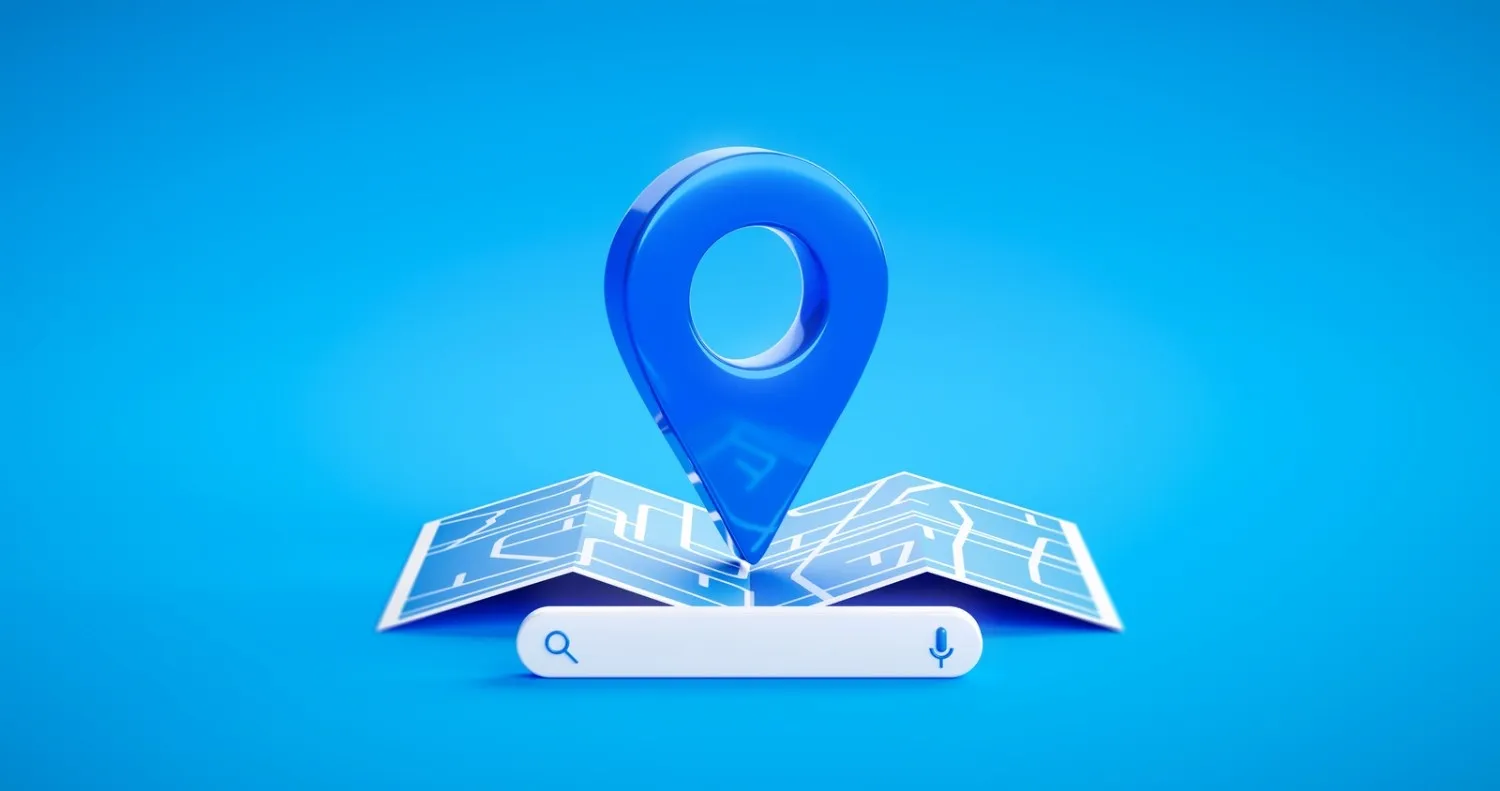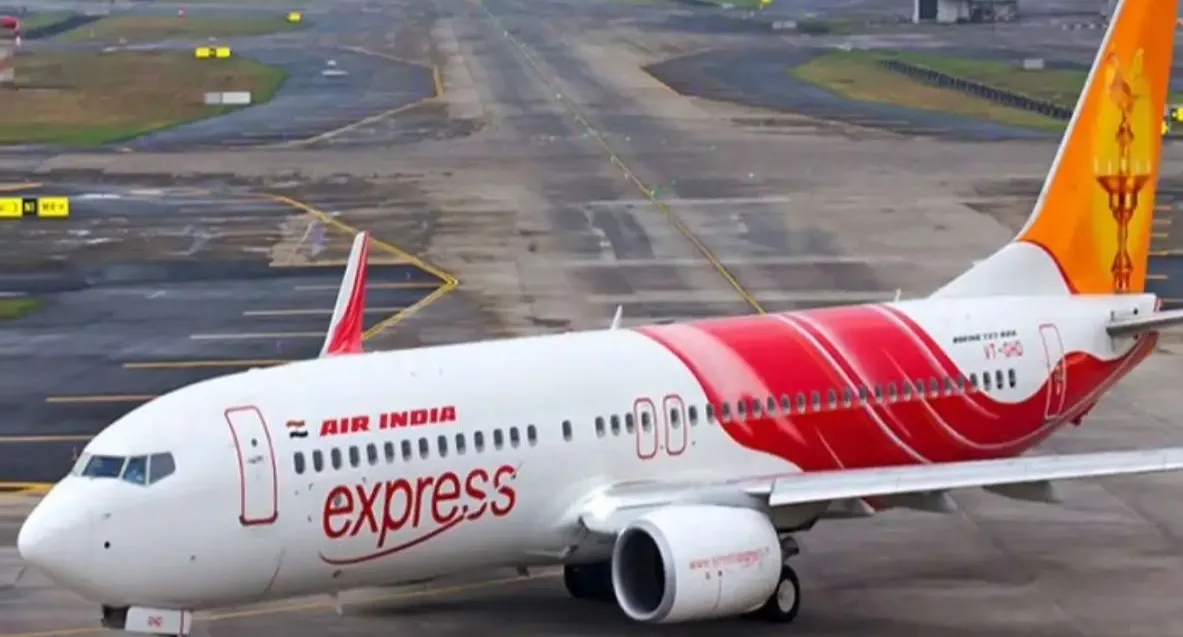Personal Finance News
Forex travel card: Key features, charges and how it is different from credit cards
.png)
5 min read | Updated on June 07, 2025, 12:54 IST
SUMMARY
Prepaid forex cards are suitable for frequent travellers, students studying abroad and people who make investments internationally. These cards offer key benefits like multi-currency support and low transaction fees, making them an ideal payment mode.

Most forex cards have spending limits on a daily basis, generally allowing only $200-300 per day.
For frequent international travellers, managing foreign currency efficiently is important. While cash and credit cards are the most widely used payment tools for travel purposes, forex travel cards are smarter, safer and more economical.
These cards have become a suitable option for occasional and frequent travelers, offering benefits including multi-currency support, locked exchange rates and low fees.
How does a forex travel card work?
A forex travel card is a prepaid card that offers a secure and cost-effective alternative to cash or using regular credit/debit cards while traveling abroad. It works like a normal debit card, allowing you to make payments and withdraw cash abroad without worrying about things like fluctuations in exchange rates.
Key features of forex travel card
Travel card vs credit card
Unlike credit cards that charge substantial fees for foreign transactions and ATM withdrawals, forex cards usually have lower or no foreign transaction fees and more reasonable ATM withdrawal charges.
Forex cards also offer fixed exchange rates locked at the time of loading, protecting travellers from currency fluctuations, while credit cards use dynamic rates with typical 3-5% foreign transaction markups. Forex markup is one of the major fees that you should look out for when travelling abroad and using a credit card.
Forex cards are prepaid with no debt risk, whereas credit cards carry potential fraud risks. Further, credit cards also have high-interest debt if you don’t make payments on time. Most importantly, while credit cards convert all transactions individually, leading to high conversion rates, forex cards have a multi-currency feature, allowing users to load multiple currencies on one card.
Forex card charges and usage guidelines
Before using a forex card, users must take note of all the fees and charges applicable while making transactions. Here are some common forex card charges:
All these charges are important and can affect your travel budget. You must read the terms and conditions of your card carefully before using it abroad.
Things to check when getting a forex card
Usage precautions
Many forex cards come with several insurance benefits. If you can, take a card with protection against fraudulent use if your card is cloned or lost. Aim for a card with personal accident coverage and lost luggage protection so you can travel without any worries.
Some cards even have coverage for ATM-related crimes, so compare all the forex travel cards before choosing the most suitable one for you. Many major banks now offer advanced forex cards with various competitive features. Leading banks like HDFC Bank, ICICI Bank and SBI have budget-friendly options as well. While choosing a forex card, read the fine print to know all the charges and benefits and make a well-informed decision.
Related News
By signing up you agree to Upstox’s Terms & Conditions
About The Author
Next Story



